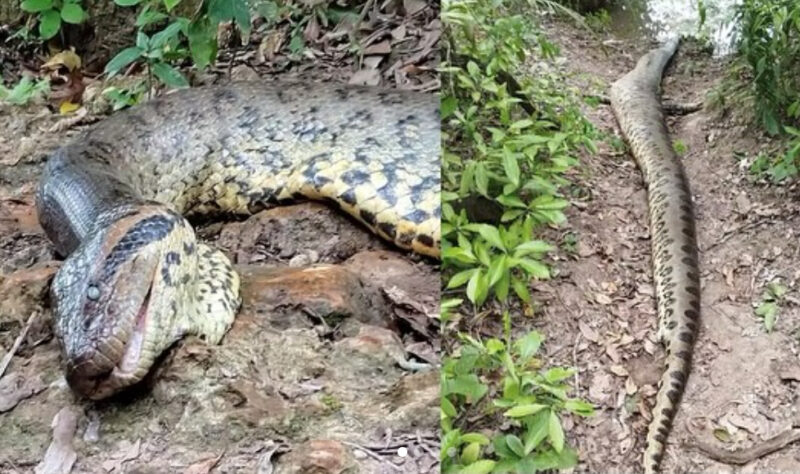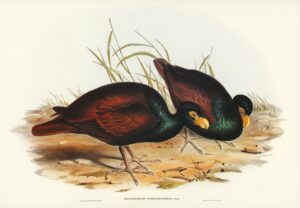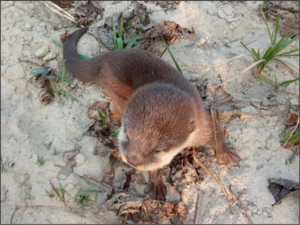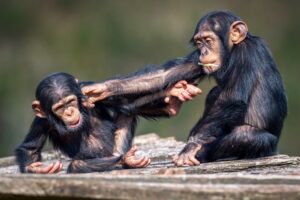Five weeks ago, scientists discovered the largest snake in the world. Now it has been found dead in the Brazilian rainforest.
In February, researchers were with a team filming a National Geographic series — Pole to Pole with Will Smith — when they made an incredible discovery. Blood and tissue samples showed that the southern green anaconda and the northern green anaconda had a five-and-a-half percent genetic difference. They were two different species.
The species likely diverged about 10 million years ago but they looked so similar that no one noticed. One giant individual, which they dubbed Ana Julia, was one of the newly discovered and less common northern green anacondas. They are slightly larger than the southern species, making them the largest snakes on Earth. Ana Julia was a mind-boggling 6.3 meters and weighed 200 kilograms.
Biologist Freek Vonk, who was part of the research team, announced the snake’s death on Instagram:
With enormous pain in my heart, I want to let you know that the mighty big green anaconda I swam with was found dead in the river this weekend. An iron-strong animal, a survivor, one that’s been swimming around Bonito for decades.
As far as we know, she was super healthy and still in the prime of her life, and in the coming years she could have taken care of many descendants. Since there are not so many of this species of colossal giant snakes swimming around, the blow to biodiversity (and this particular species in particular) is also huge.
There were rumors that the snake was shot, but this has yet to be confirmed. Authorities are still investigating how the seemingly healthy snake died.
Cristian Dimitris, the wildlife photographer who captured her on camera, confirmed it was the same snake. “I compared the markings on her face, which are like fingerprints,” he commented.






